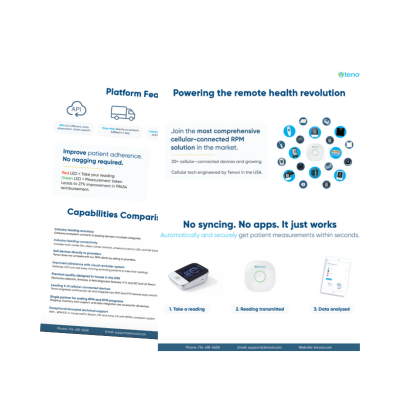Pharmacy challenges are mounting and hitting pharmacists on the front lines hard. Shrinking reimbursements, rising costs, staffing shortages, and shifting consumer habits have forced many pharmacies to close their doors. Nearly 7,000 pharmacy locations have shut down since 2019, with rural and underserved communities hit hardest.
This article breaks down today’s pharmacy challenges and explores how digital health is helping pharmacies stay profitable, improve patient care, and prepare for the future.
The Most Pressing Pharmacy Challenges
Declining reimbursements are among the most pressing pharmacy challenges. Pharmacy Benefit Managers (PBMs) often reimburse pharmacies at rates lower than the cost of the drugs they dispense, creating unprofitable transactions and driving many closures.
Rising operating costs from inflation has driven up wages, utilities, insurance, and supply chain costs, all while margins remain razor-thin. Consumer Behavior changes have shifted since the pandemic. Consumers are now comfortable with mail-order and online retailers. This has had a great impact on foot traffic and front-of-store sales.
Additionally, like mush of healthcare, workforce shortages and burnout happen because pharmacists and technicians are stretched so thin. High turnover makes it hard to maintain service levels and offer new programs.
Independent pharmacies have historically struggled. Now, Walgreens and Rite Aid have closed hundreds of locations, and independent pharmacies are disappearing in rural areas. This closure trend is responsible for the new term “pharmacy deserts.” These deserts refer to communities with limited or no access to prescription services, which worsens health disparities. .
How Digital Health Can Solve Many Pharmacy Challenges
Forward-thinking pharmacies are adopting digital health tools to improve efficiency, expand services, and engage patients to overcome pharmacy challenges. Below we list some common digital health tools being used.
Telepharmacy and Virtual Care
Telepharmacy allows pharmacists to provide counseling, oversight, and medication management remotely to aid in extending access to underserved areas. The telepharmacy market is projected to grow 6.2% annually through 2032.
Digital Prescription Management
Mobile apps and e-prescribing streamline refills, reduce errors, and improve adherence. Over 92% of prescribers now use e-prescribing.
Patient Engagement Tools
Connected pillboxes, glucose monitors, and blood pressure devices give pharmacists real-time insights into adherence. This allows for proactive interventions and helps demonstrate value to payers in a value-based care model. When patients track vital signs, physicians have a better ide of their day-to-day health. Patients can build better habits with daily measurements and certain pillboxes even remind patients to their their medication.
Operational Efficiency
Inventory management software, automated refill reminders, and online scheduling free up staff to focus on revenue-generating services like immunizations and point-of-care testing to tackle pharmacy challenges.
Pharmacists Are Seeing Success
Staying relevant on new innovations in digital health can help pharmacies address pharmacy challenges. Pharmacies that adopt technology and expand into clinical services are better positioned to capture new revenue streams, improve patient outcomes, build loyalty through convenience and trust, and strengthen negotiating power with PBMs and payers
Some independent pharmacies are acting on incorporating digital health technology into their services. McDowell’s Pharmacy, a fourth-generation rural pharmacy in North Carolina. Powered by Truentity and Tenovi’s remote monitoring devices, helped patients reduce systolic blood pressure by up to 15 mmHg and lower A1C by more than 1.5%. In July, the pharmacy received the 2025 Clinical Care Champion Award at Cencora’s ThoughtSpot Conference, highlighting the program’s measurable impact in underserved communities.
Pharmacy Challenges and How to Overcome
The pharmacy has the potential to become a supportive, connected digital health hub for patients. Pharmacy challenges won’t disappear overnight, but digital health seems to already be helping with several studies showing improvement in medication adherence. By using technology to streamline operations, expand services, and collect outcome data, pharmacies can create sustainable models that protect patient access and improve profitability.


